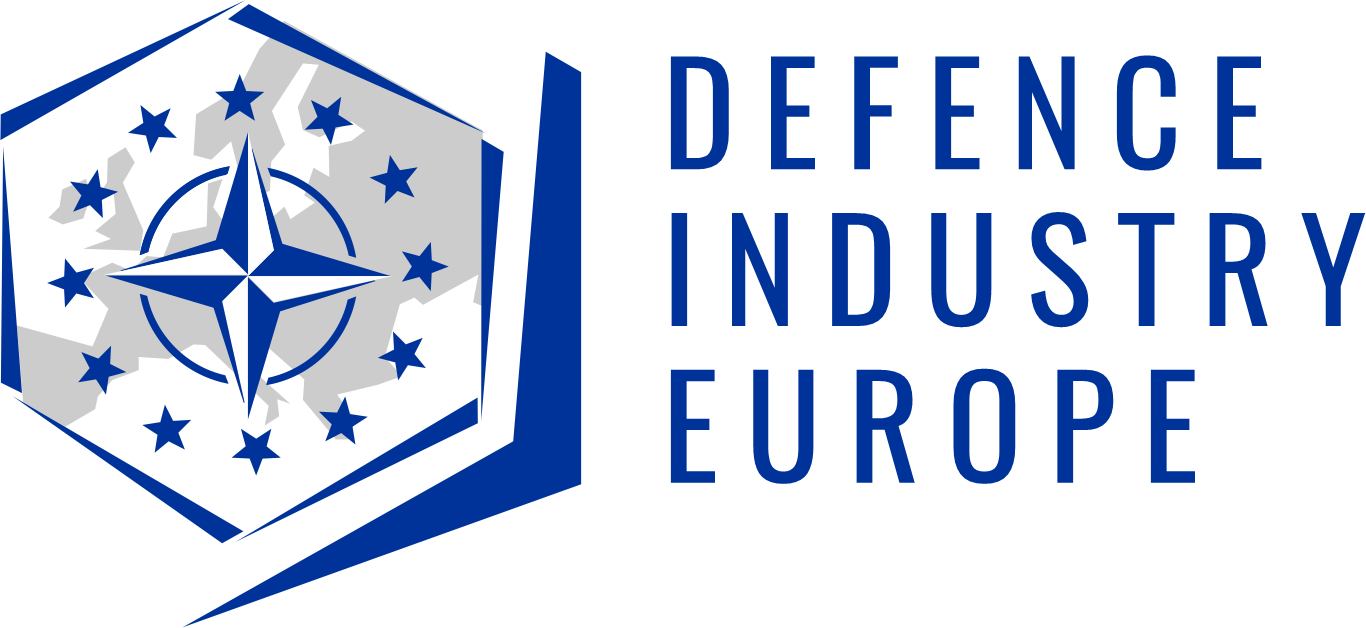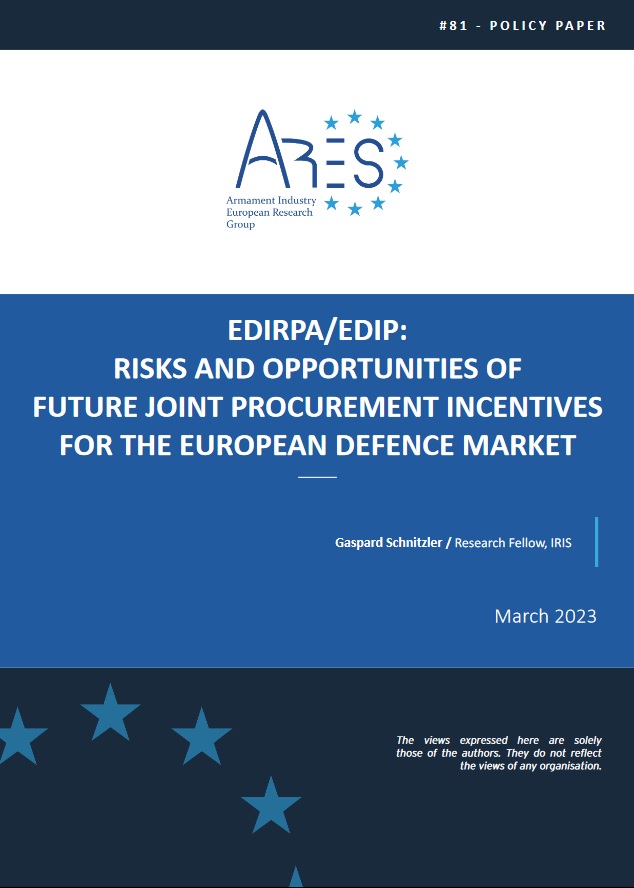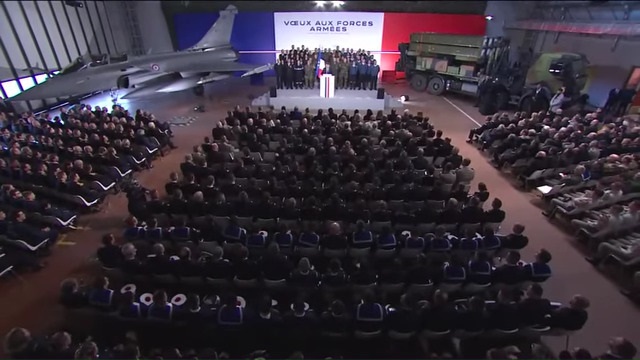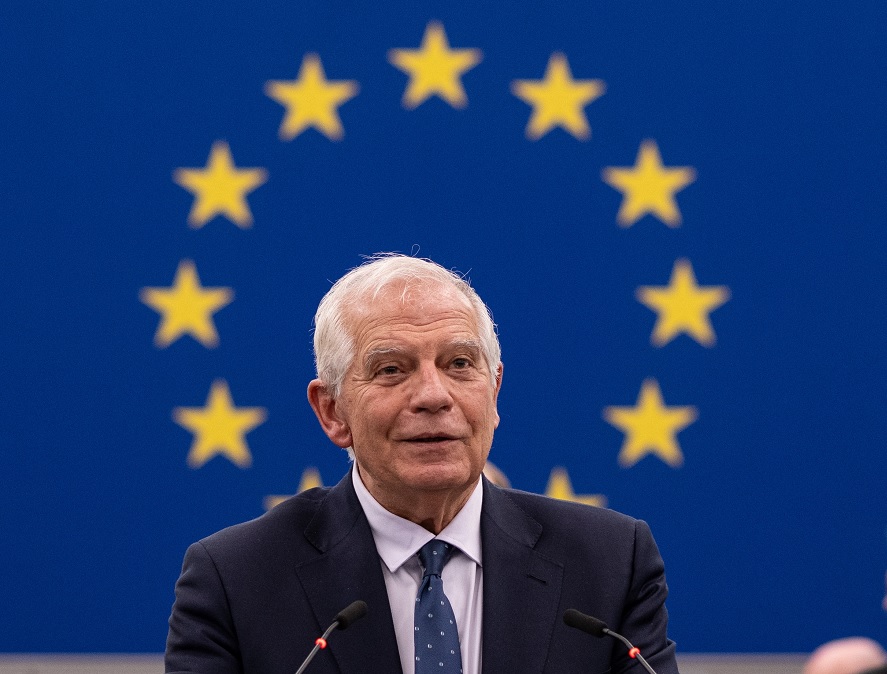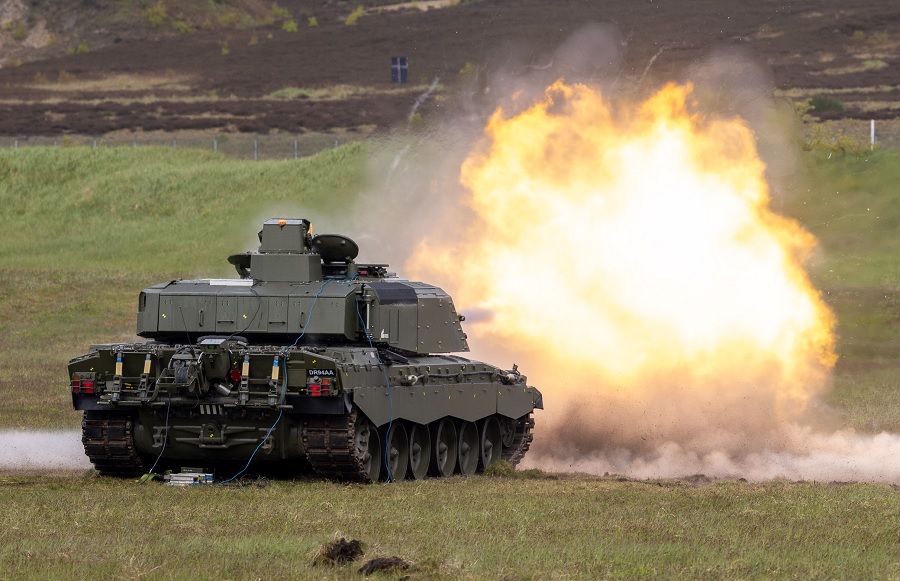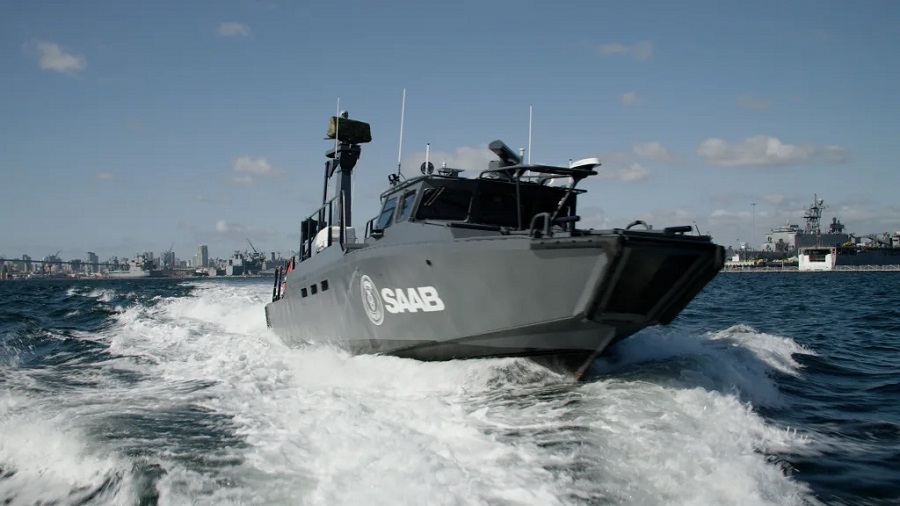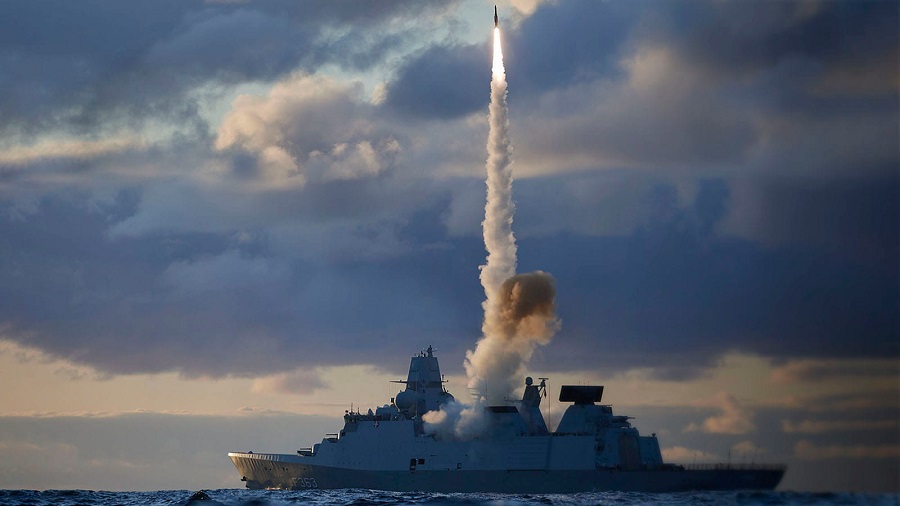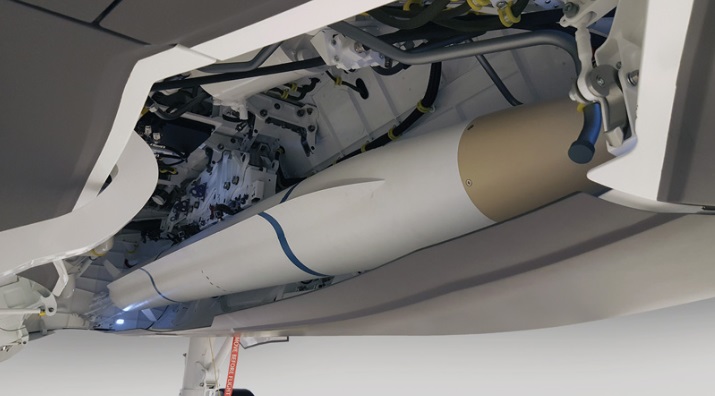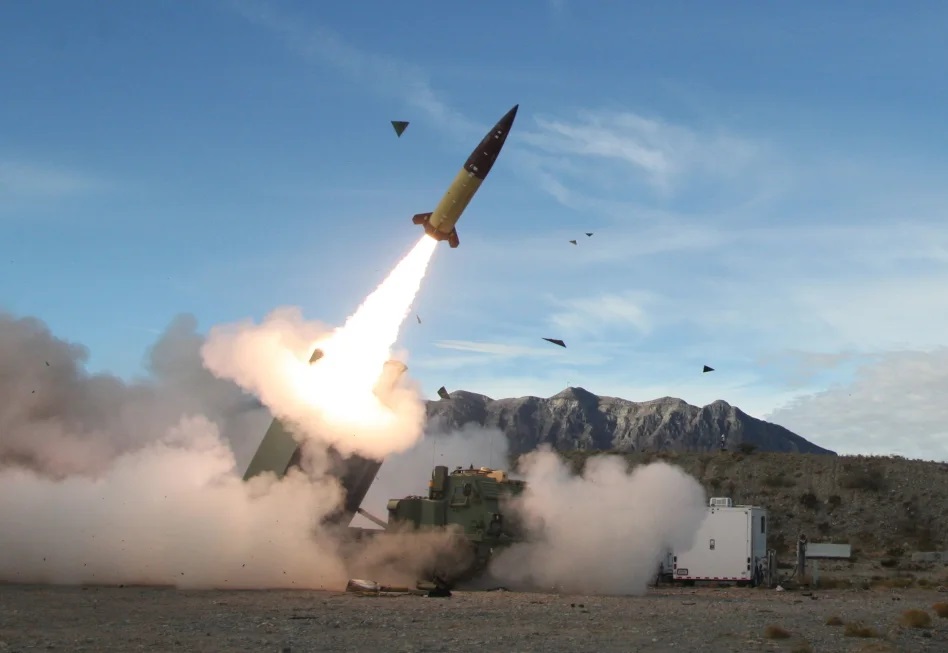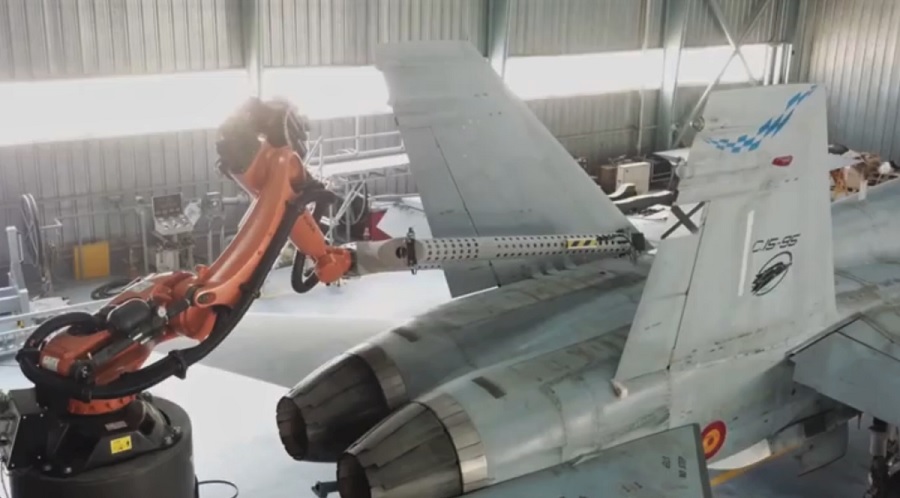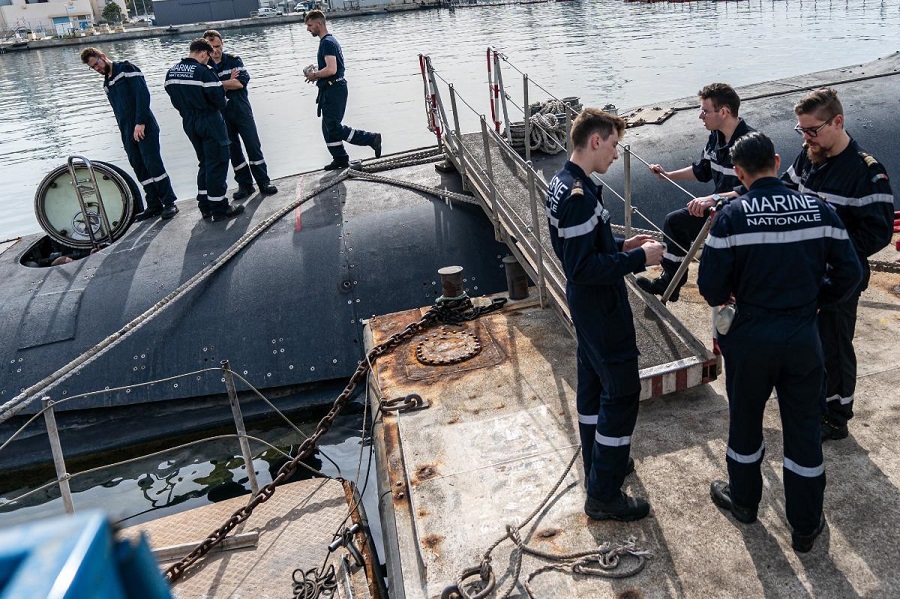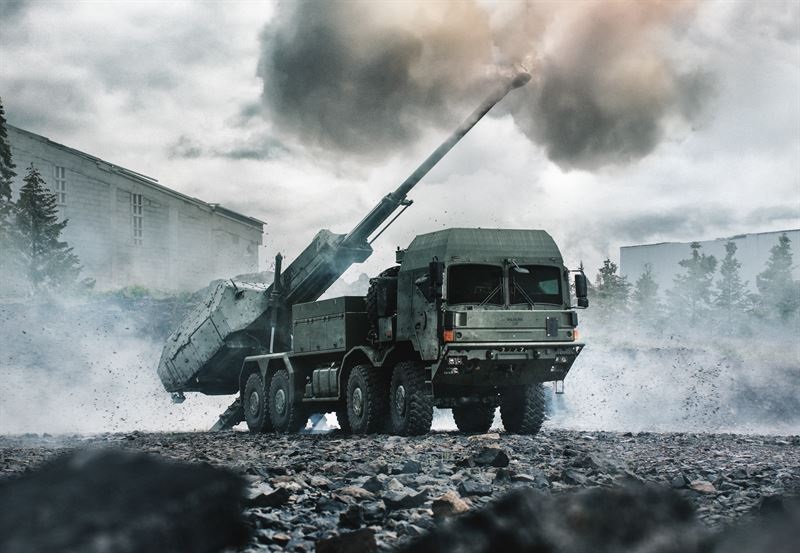While this situation led to significant rises in defence budgets and especially in equipment spendings in most member states – which are more than welcome after decades of defence spending cuts – the disorganised and uncoordinated way the reconstitution of stockpiles was initially carried out, has led to a multiplication of off–the–shelf purchases which risk weakening the European Defence and Technological Industrial Base (EDTIB).
To remedy this situation, avoid supply shortages, an inflation of equipment prices, duplications, and a multiplication of defence systems within the EU – which is detrimental to European armed forces’ efficiency and interoperability – member states mandated the European Commission and the European Defence Agency (EDA) to carry out an analysis of existing capability shortfalls and to propose concrete measures to strengthen the EDTIB.
Thus, in a joint communication on the “Analysis of defence investment gaps and the way forward” 2, on May 18, 2023, the European Commission has announced several measures, such as the implementation of a Defence Joint Procurement Task Force (DJPTF) to map needs and identify major gaps between supply and demand, as the well as regulatory incentives (EDIRPA and EDIP) to encourage joint procurement.
While these measures were more than necessary and are therefore to be welcomed, the direction of current debates in the European Parliament on the EDIRPA draft regulation and the significant delay in the adoption of the text are of major concern, as they could well distort the original objectives of the instrument. As the decisions, to be taken in the coming months on EDIRPA and EDIP, will shape the future of the European defence market, this paper provides an analysis of the main risks and opportunities at stake for the EDTIB.
Read the full policy paper – visit the IRIS website.

